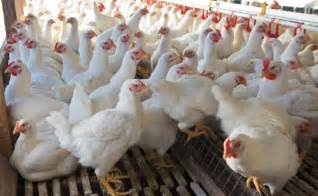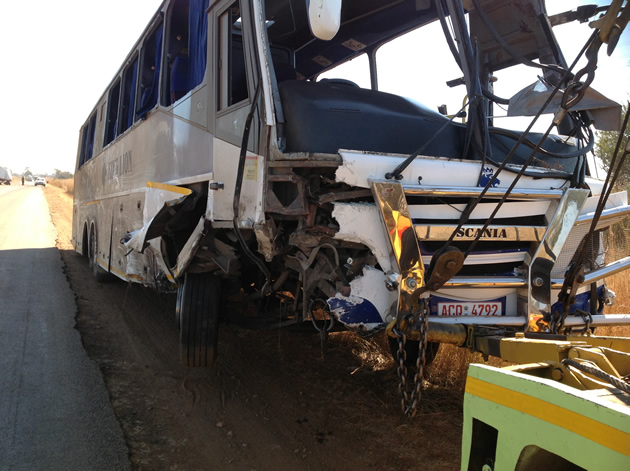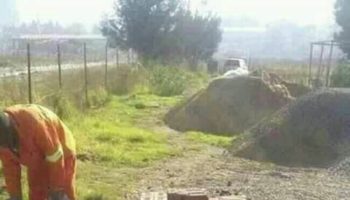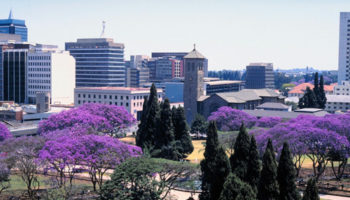The Chartered Management Accountancy profession is one of the strongest business qualifications in the world. In Zimbabwe less than 10 individuals pass the final stage each year and in South Africa its less than 40 every year. With head quarters in the United Kingdom, the Institute of Chartered Management Accountants produces some of the best business leaders and this is why it is in high demand worldwide. The unique blend of management accounting, financial accounting and business-focused subjects produces competent and confident CGMAs who can lead their organisations to sustainable success.
The Story of Nyasha
A few years ago this writer was referred to a young lady called Nyasha who lived in Prospect Harare, an academic genius, at the age of 18, Nyasha was the best A level student in Botswana. At the age of 21 Nyasha had passed the final exams of the Chartered Institute of Management Accountants (CIMA). She had not only completed the CIMA final exams but was the third best student in the world! This was not her first world record as she had also won several CIMA national and world record prizes for individual subjects. To date she is one of the brightest young Zimbabweans who have flown the national academic flag high in the field of Management Accounting. Her academic record is something that the nation should be proud of!
Nyasha fails to find a job
The young lady was soon to find out that excelling on the academic field can be a curse especially in the current environment. Most managers with average academic achievements fear young , innovative students with impeccable credentials. Nyasha was to respond to numerous job vacancies applying for various jobs in the Private sector, NGO sector and Government and was never responded to, she was never shortlisted. Even companies looking for trainee graduates did not want her near an interview room.
Why was she failing to get a job?
I had a good discussion with the then CIMA Country Office Manager, Mr Moses Sikwila asking why such rare talent is jobless? The answer from him was that she was putting the ‘world prizes’ on her curriculum vitae and this was scaring potential finance managers interested in employing her. Who would want a world class student in his or her team? She will be a strong threat to the finance team leader and this explained why she was roaming the streets of Harare unemployed. She had to tone down the world academic record –perhaps remove them totally from the curriculum vitae and project herself as an average student?
Nyasha and Mentorship Programme
The fact that Nyasha was failing to get internship or trainee jobs did not make sense at all. In other countries such rare talents should be celebrated and cherished. In other countries such rare talents results in companies fighting for her. Realising that nothing fruitful was going to happen, I designed a mentorship programme that would assist her in getting relevant work experience so that she could land a job.
Removing the World Records on her Curriculum Vitae
I did not agree with removing her excellent academic record from her resume. She needed to wear the badge of CIMA with honour and not care who does not appreciate nor fear it. I designed a mentorship programme for her which included part time working experience working on a couple of projects for the Zimbabwe Business Ideas and Network forum. I also got her a part time job writing accounting modules for a leading Accounting Training Institute called Asranti based in the United Kingdom.
I also redesigned her curriculum vitae putting the world record academic achievements on top ! The good news is that she later on got a job at a local boys high school in the capital where she worked for a few months. Our target of the mentorship programme was for her to get commercial and business skills and the excellent news is that Nyasha landed an excellent job as a Finance Manager for a construction company based in Botswana. The Twanas saw value in this gem and were quick to grab her, they did not waste time in grabbing this rare talent which had been rejected by Harare.
So what was happening to Nyasha?
What was happening to Nyasha is something most young people can relate to-lack of opportunities in all the sectors of the economy. Even in cases where job opportunities exist-those with the best qualifications are sidelined because someone is afraid and wants to protect his or her job. In the case of CIMA qualified students the situation can be worse because managers who do not possess the qualification generally fear competition that is posed by the leading profession. The best strategy employed by those who fear it is to create barriers for this qualification and make sure that no ACMAs join finance teams! It is not surprising to find a finance department dominated by a single accounting body. If a Finance Director is CIS qualified then he is likely to fill his department with only CIS qualified accountants. If the Finance Lead is ACCA qualified then she is likely to only allow the recruitment of ACCA qualified personnel.
Recommendation to Recruiters
The biggest asset in an organisation is human capital, this human capital should be well trained and be diverse. Human Resource Managers should be wary of barriers for talent such as Nyasha. In the case of Accounting, all accounting bodies play a crucial function in the success of an organisation. A Chartered Accountant or Certified Chartered Accountant plays a crucial role in areas such as financial reporting, treasury management, internal controls, compliance and audits. A CIMA qualified accountant will complement the roles of the other accountants by bringing business or commercial skills, researches and expert planning. A good finance department should create value by bringing a mix of all accounting bodies under one roof where feasible. When a finance director creates barriers for other accounting bodies then the biggest loser is the company because competing company with a right mix of skills will definitely perform better than the one where practically everyone thinks the same.
The creation of barriers is contributing to the lack of competitiveness by most local companies and when one day the economy opens up, a lot of local companies are going to face stiff competition from new entrants that would have studied this weakness. If you are not allowing new talents to join your organisation then you risk losing out on new skills being imparted to new graduates. The United Kingdom headquartered Finance Bodies are well known for carrying out thorough and relevant researches that result in them designing curriculum that is in demand by business leaders worldwide. The strong emphasis on continuous education enables members to be up to date with emerging finance and business skills.
Leading Zimbabweans who have studied CIMA includes the former Sunday Mail editor Edmund Kudakwashe Kudzayi who was believed to be the brains behind the Baba Jukwa character. The impact of his work is not surprising to some of us because the new syllabus has a strong content on Social Media and Business. Readers are encouraged to read the chapter on IT and Competitive Advantage for Business. Other prominent people to have studied CIMA include the ZIMPLATS CEO, Mr Alex Mhembere and Dairiboard CEO, Mr Anthony Mandiwanza.
Nyasha as a ZBIN Volunteer
Harare may have lost this rare academic gem to Gaberone but we believe that we can still tap into her expertise. Nyasha has agreed to volunteer for ZBIN and will inspire and provide counselling to youths who have gone through similar experiences. Through our volunteer programme, she will provide expert advice to those studying Accounting or Finance or entrepreneurs on the forum.
![]()









